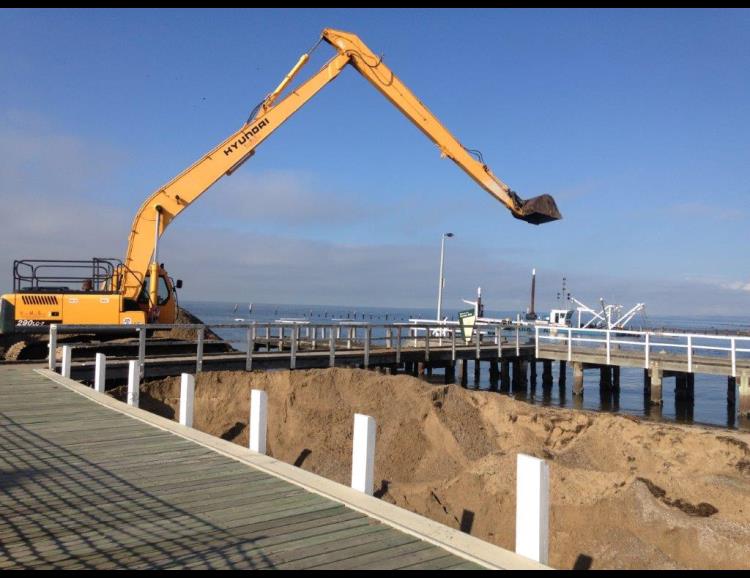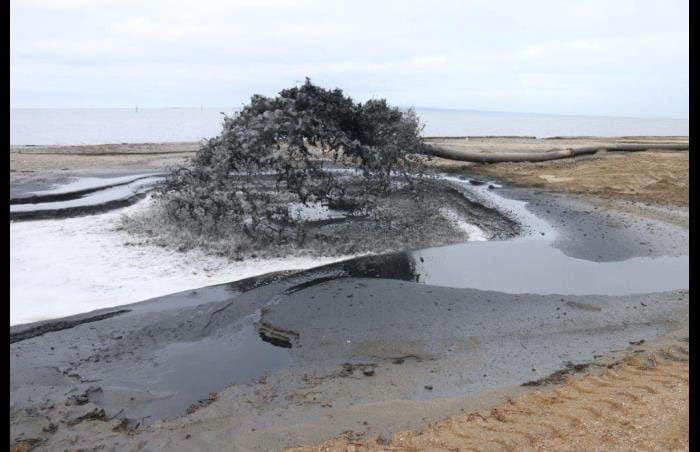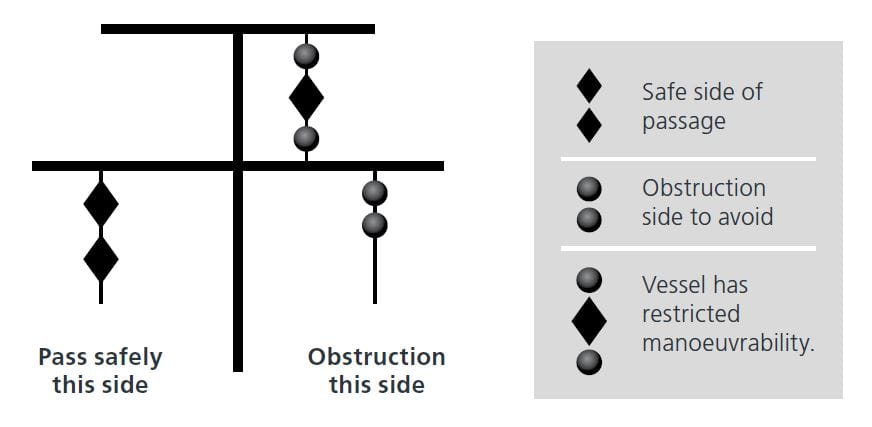Local Ports Maintenance Dredging
Key information
Dredging works form part of Parks Victoria’s ongoing maintenance program to ensure the continuation of safe boating access within Port Phillip and Western Port.
Over time, the natural continuous accretion of silt and sediment in local ports can lead to a reduction in channel width and depth resulting in restricted access to facilities and potential hazards for recreational and commercial boat operators. Dredging designated channels and waterways is undertaken to maintain safe access to local port facilities like boat ramps, piers / jetties and harbours. Parks Victoria currently carries out programmed dredging at ten sites, and has done so at many of these locations for more than 20 years.
About dredging
The removal of sediment in a water environment is called dredging. Dredging is commonly carried out in ports, navigational channels, marinas and in the proximity of other manmade features to increase the water depth and thereby ensuring safe navigation and access for vessels. Regular maintenance dredging is often necessary as the natural processes of sediment movement in many cases leads to continuous accumulation, which gradually decreases water depth. The dredging is designed to be preventative and maintain a safe depth for vessels before becoming too shallow.
Parks Victoria is the waterway manager for Port Phillip and Western Port (under the Marine Safety Act 2010) and is responsible for ensuring safe navigation for both recreational and commercial boat users. Parks Victoria’s maintenance dredging program has been in place since 1995 and currently includes eight sites in Port Phillip, with a further two sites in Western Port. The program is guided by a long-term environmental management plan (LTEMP) which ensures works are managed in accordance with the Marine and Coastal Act 2018 (Vic) and the Victorian EPA best practice guidelines for dredging, and other regulatory standards.
The dredged sediment is distributed in predetermined areas and may include the beach or deeper channels. The natural direction of coastal sand movement is considered when establishing a delivery site for the dredged material. The sand can help renourish the beach and replace what has been eroded. Some sediment may be deposited in specific areas or relocated offsite to help to stabilise erosion if required.

While the dredged sediment may look and smell mildly unpleasant when it first comes out of the water, after a few days’ exposure to the air and sun, it will bleach to the normal sand colour and lose the odour. The quality of the water will not be affected during the dredging but may appear cloudy until the sand settles.

Location and timing of works
The decision to undertake dredging is determined by the design depth of the area and minimum depth triggers. Parks Victoria regularly monitors water depths to determine when dredging is required. Dredging may occur anytime of the year to ensure safe access for vessels in response to sedimentation cycles. The duration of the dredging cycle will be dependant upon the amount of sand to be moved and weather conditions.
In 2020/21, Parks Victoria undertook 14 mobilsations across the five sites of Queenscliff, Patterson River Entrance, Mordialloc Creek Entrance, Werribee River and Portarlington Harbour resulting in over 148,057m3 of sand being relocated to adjacent beaches.
Safety and access during works
In most cases, public can still access the beach during dredging works, unless otherwise marked onsite. Sections of beach may be closed to the public during the dredging works for safety reasons. Once the dredging pipeline is in place, the beach will be reopened to the public, excluding a 50 metre area at the disposal site. The disposal site is where the water and sand comes out of the end of the pipe, and will gradually move along the beach until dredging is complete. All temporary beach closures will be clearly marked on site. For safety reasons, visitors should keep away from the outfall pipe and any machinery operating in the area.
If you are operating a vessel, when encountering a dredge, always maintain a safe speed and pass on the non-obstruction side of the dredge vessel. The safe side of passage is indicated by the double black diamond day shapes on the vessel. A double black ball day shape indicates the obstruction side to avoid. A third, black ball - black diamond - black ball day shape indicates the vessel is restricted in its ability to manoeuvre.

Frequently asked questions
How long does each dredging cycle take?
A dredging cycle can take between three days and six weeks depending on how much sand has accumulated in the area to be dredged, time since the site was last dredged, ability to access the sand disposal site, the seastate and weather conditions throughout the works.
Where is the dredged material deposited?
The dredged material is mostly sand, and is usually distributed in predetermined disposal areas which may include a beach or in-water disposal site. The direction of local coastal sand movement is considered when establishing a disposal site for the dredged material. The sand will be placed where it can remain active in the coastal processes. Consideration is also given to where the sand can provide benefit to the beach profile or stabilise erosion through renourishment.
Why is the sand deposited on the beach, sometimes a dark colour and smells?
The sand is deposited onto a beach with a lot of water which helps with its transport. Wet sand is darker than dry sand, regardless of its natural colour. Also, sand usually contains decaying aquatic plant material, such as seaweed, which sometimes gives the dredged sand a grey appearance and a mild odour. These characteristics quickly change once it has been exposed to air, sun light and tidal processes. Usually, within a week the sand is the same colour as the rest of the beach and the smell gone.
Is the dredged material contaminated?
No. The dredged material is local sand that has washed into the navigation channel from the adjoining beaches or near shore areas as part of the local coastal processes. Parks Victoria completes testing at all of its sites requiring maintenance dredging and is committed to following the testing and environmental requirements outlined in the EPA Best Practice Guidelines for Dredging, and other relevant regulatory standards. The quality of water will not be affected during dredging, but it may appear turbid (cloudy) until the sand settles. This is similar to the turbidity experienced when strong wave action stirs-up sand and sediments during storms.
Can I still use the beach?
Yes, unless otherwise marked onsite. Sections of beach may be closed to the public during the dredging works for safety reasons. Once the dredging pipeline is in place, the beach will be reopened to the public, excluding an area at the disposal site. The disposal site is where the water and sand comes out of the end of the pipe, and will gradually change location until dredging is complete. All temporary beach closures will be clearly marked. For safety reasons, visitors should keep away from the outfall pipe and any machinery operating in the area.
Can I still use my boat in the river / harbour during the dredging?
Yes, the navigation channels will remain open during dredging, however, mariners must always proceed with caution in the vicinity of a dredge and make themselves aware of any Notices to Mariners currently in force for that location. View all dredging maintenance Notice to Mariners.
Other information
Parks Victoria is the local port manager for Port Phillip, Western Port and Port Campbell, with the three local ports combined receiving approximately 80 million visits a year, and include 263,000 hectares of waterway, marine protected areas, channels, piers and jetties, moorings and aids to navigation.
Stay up to date
For project updates, subscribe to the Local Ports Dredging Maintenance Program mailing list.
For Notice to Mariners.
For general enquiries email dredging@parks.vic.gov.au or you can call us on 13 1963.

